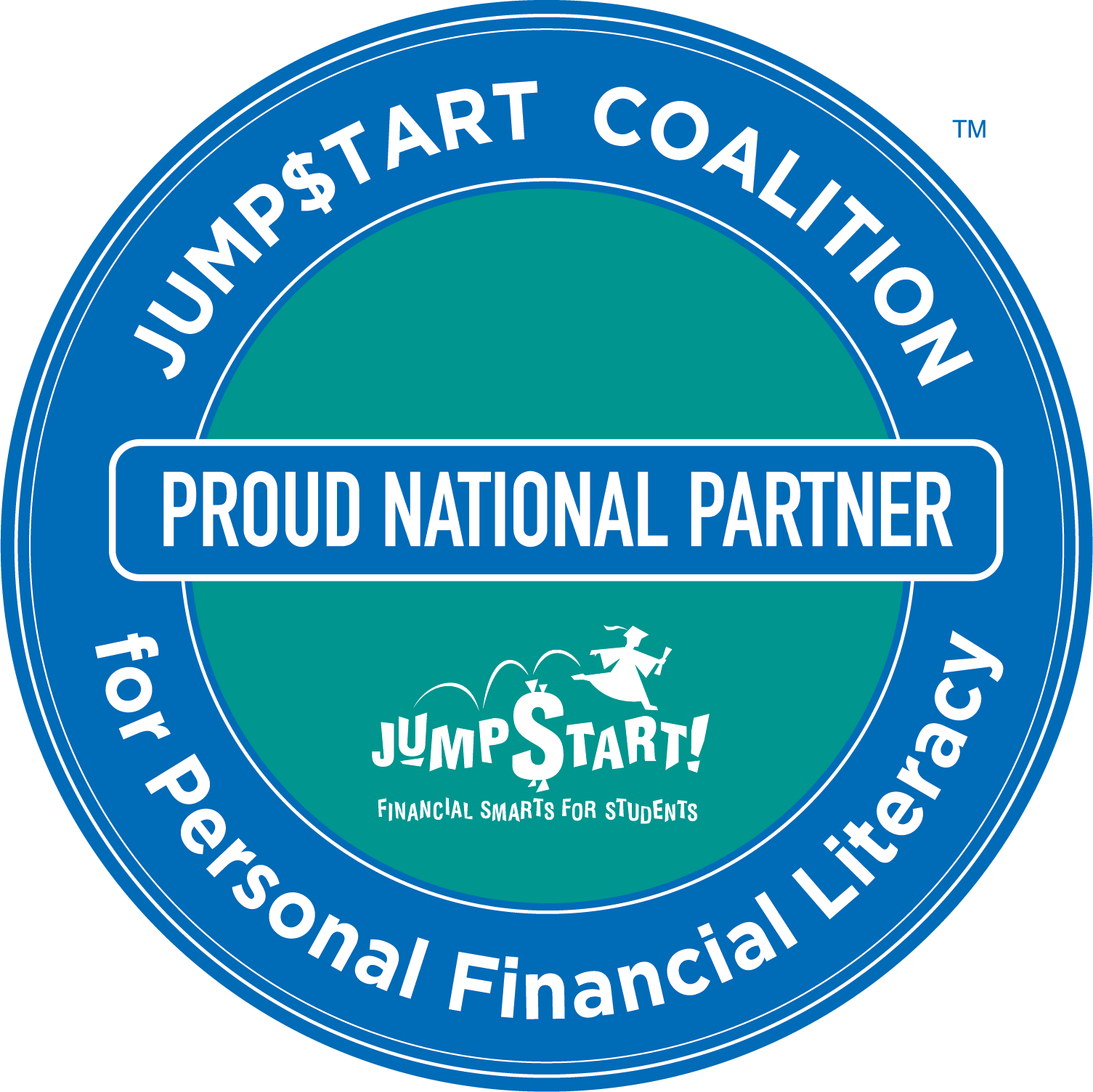Note: Be sure to check out our overview of the national financial literacy and education standards, too!
Young people are better equipped to build wealth, escape debt, and identify fraud as adults when they take financial literacy courses. But although parents teach money management at home, the government is also introducing financial literacy education to schools.
One of the states that champion financial literacy is Missouri. The Show-Me State was among the first to mandate half-credit finance programs before graduation. Here are the state’s financial literacy standards according to the Missouri Department of Elementary and Secondary Education.
Financial Decision Making
Whether it’s an individual, business, or the government, choice governs financial decision-making. For starters, weighing limited resources against unlimited wants determines which needs to satisfy first. Students also learn the connection between opportunity cost and choice and how current decisions invite future consequences.
Earning Income
Income takes various forms, for example, rent, profit, interest, dividend, and capital gains. This topic has three concepts. The first one is career choices—students learn how career choices affect their income and life quality. Moreover, teachers analyze the connection between skill development, education, and income potential.
The second concept is the types of compensation. Ordinarily, compensation takes the form of commissions, wages, and salaries. Benefits such as retirement plans, vacations, tuition reimbursement, and health insurance also count as forms of compensation.
Lastly, the topic covers taxes and similar deductions. Besides distinguishing gross from net income, teachers discuss standard deductions including social security, retirement, and healthcare saving plans. This topic also explains the role of taxes in providing public services.
Buying Services and Products
Since consumers cannot buy everything they need, they choose to purchase some products and services and forego others.
This topic includes the following concepts.
- Budgeting: Besides differentiating income from expenses, budgeting evaluates spending habits to better understand saving trends. Budgets should also incorporate emergency funds, and fixed and variable expenses. You also learn about the tax benefits of budgeting for charity and what expenses to prioritize based on due dates.
- Buying high-value items: Big-ticket purchases such as homes and cars require proper research to determine price, quality, and features. Buyers should also compare payment methods according to cost and benefits.
- Alternative products and services: You learn how to identify substitutes when a purchase exceeds your budget. You can also compare durability, features, and maintenance costs.
- Choosing financial institutions: This topic introduces various types of financial institutions and their services, charges, and requirements. It also explains how to calculate account balances and the role of financial regulators in protecting wealth.
Credit
Credit allows you to enjoy goods and services and pay for them later. There are many credit options, each with different costs. The decision to deny or approve a loan application depends on the borrower’s ability to pay.
This topic has two sides. The first is facets of credit that differentiate debit from credit accounts. Students also learn about higher education financing, types of consumer credit, mortgages, and credit card conditions.
The second aspect is interest on credit which compares credit costs between financial institutions. Teachers also distinguish secured from unsecured loans and explain how to calculate purchase costs. The last concept is creditworthiness which evaluates a borrower’s eligibility for credit.
Financial Investing
The curriculum teaches students how to analyze investment instruments based on risk and rewards. Similarly, learners understand various assets, for example, mutual funds, stocks, bonds, commodities, and real estate. Diversification as a way to spread investment risk also comes up. Ordinarily, high-risk assets offer greater returns. This topic also describes short and long-term investments and how market activity affects the price of an asset.
Saving
Students can create a savings plan once they understand its benefits. They can save for big-ticket purchases, higher education, and even retirement. Interest also comes into play. Teachers introduce compound and simple interests and how time affects the value of your savings. Another concept is saving instruments. Learners familiarize themselves with the penalties and liquidity of different financial instruments.
Protecting and Insuring
You can accept, reduce, or share risk to protect your wages, health, identity, or assets. This topic explains insurance basics such as how to determine premiums and choose the right coverage. You also learn about the connection between individual circumstances and insurance costs. Remember protection goes beyond financial loss. The topic also discusses identity theft and how to safeguard your personal information and handle cyber-attacks.
No matter what your child transitions into after high school, their financial knowledge will build them into responsible adults. They also learn how to respect money and other resources under their care.
Check out the Money Vehicle textbook — you can find it here on Amazon. And if you like what you see, you can get more content sent directly to your inbox! Sign up for the Money Vehicle Movement Newsletter!
And check out our white paper: “Strategies for Increasing Financial Literacy Rates Among High School and College Students”
More from Money Vehicle:









